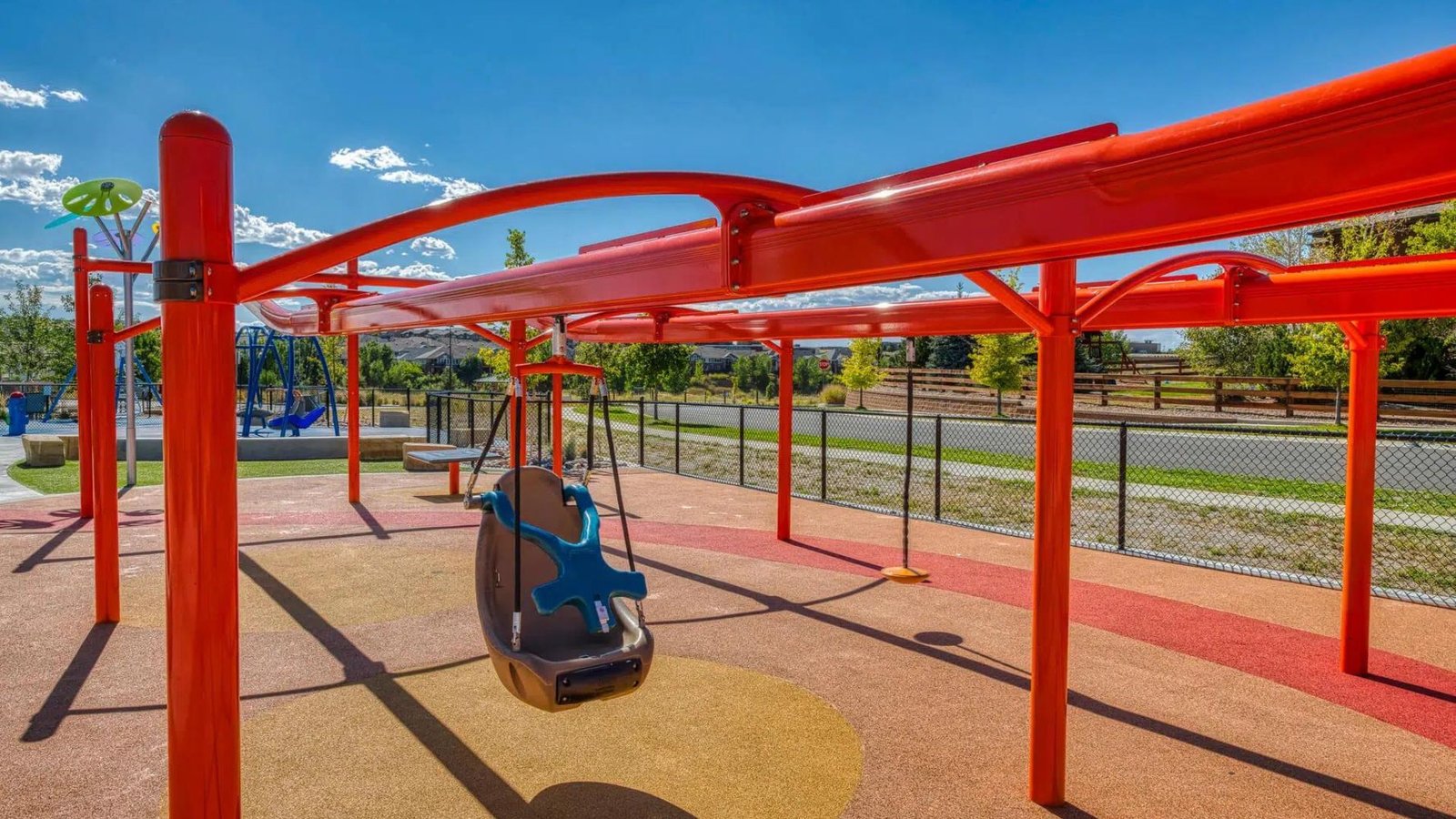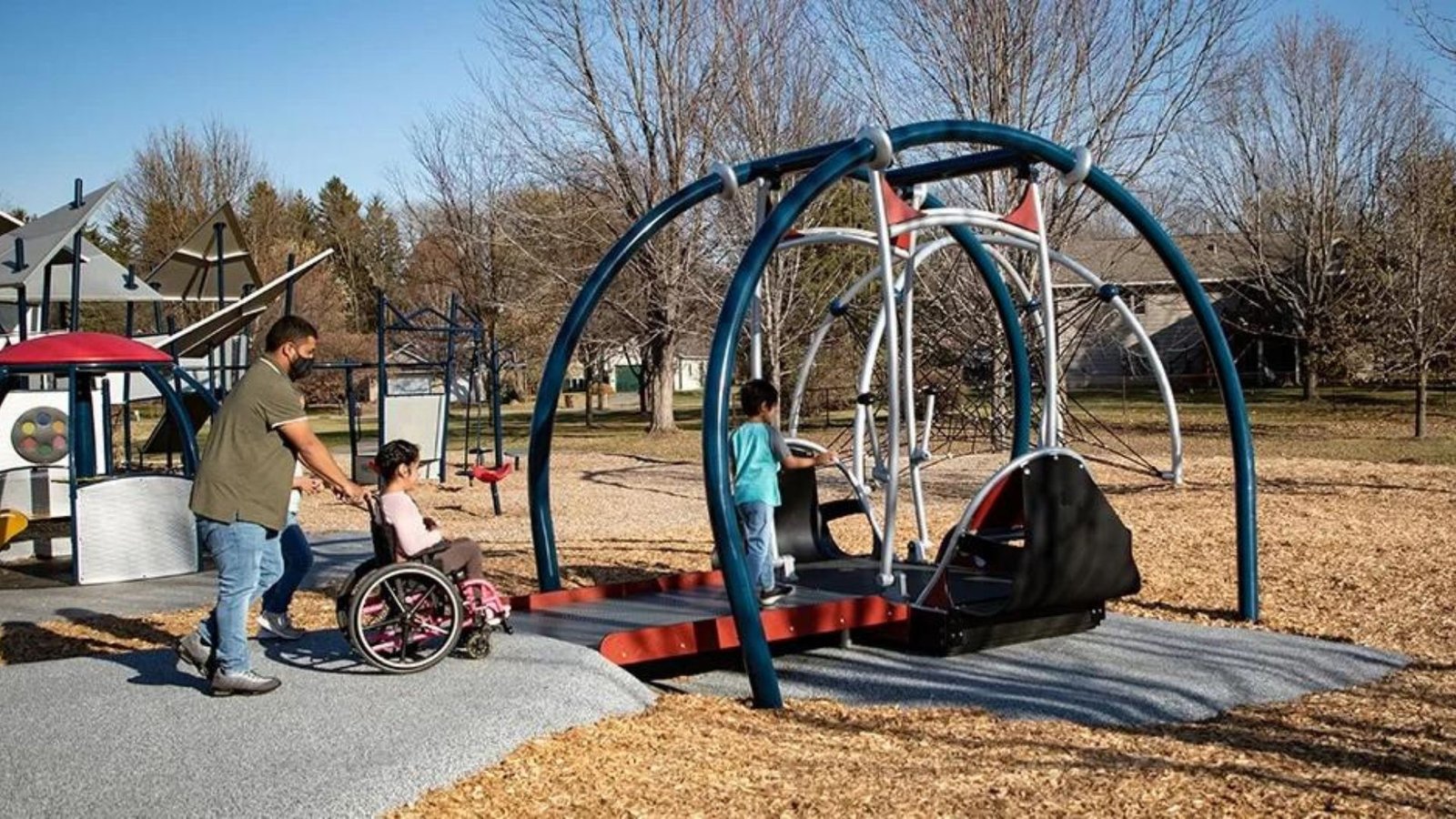Architecture and the Design of Inclusive Playgrounds
Architects play a crucial role in creating inclusive playgrounds that cater to children of all abilities. These spaces are designed not only to encourage play but also to promote social interaction, physical activity, and sensory stimulation. This article explores how architectural design principles are applied to make playgrounds inclusive and accessible for everyone.
1. Understanding Inclusive Playgrounds
Defining what makes a playground inclusive, focusing on accessibility, safety, and accommodating diverse needs.

2. Universal Design Principles
Incorporating universal design principles that ensure playgrounds are usable by all children, regardless of ability or disability.
3. Safety Standards and Regulations
Adhering to safety standards and regulations to create a secure environment for children to play safely.
4. Accessible Play Equipment
Integrating play equipment that is accessible and encourages children of all abilities to engage in play.
5. Sensory Play Experiences
Designing sensory-rich environments that stimulate sight, sound, touch, and movement for sensory development.
6. Wheelchair Accessibility
Ensuring pathways, ramps, and play structures are wheelchair accessible, allowing all children to navigate freely.
7. Inclusive Swings and Seating
Including swings and seating options that accommodate children with mobility challenges or sensory sensitivities.
8. Multisensory Gardens
Creating gardens with plants, textures, and scents that engage multiple senses, enhancing the overall play experience.
9. Quiet Spaces
Incorporating quiet areas where children can retreat for calm and relaxation amidst the stimulating playground environment.
10. Collaborative Play Opportunities
Designing spaces that encourage cooperative play among children of varying abilities, fostering social interaction.
11. Shade and Shelter
Providing shaded areas and shelters to protect children from sun exposure and adverse weather conditions.
12. Interactive Water Features
Introducing water play elements that are safe and accessible, offering sensory exploration and cooling during hot weather.
13. Educational Elements
Including educational components such as interpretive signage or interactive panels that promote learning through play.
14. Community Engagement
Involving local communities, including children and parents, in the design process to ensure inclusivity and relevance.
15. Maintenance and Sustainability
Designing playgrounds with durable materials and sustainable practices to minimize environmental impact and upkeep costs.
16. Playgrounds in Urban Settings
Adapting designs to fit urban environments while maximizing play space and accessibility within limited areas.
17. Safety Surfacing
Choosing resilient and impact-absorbing surfacing materials that reduce injuries and provide a safe play environment.
18. Accessible Parking and Amenities
Ensuring parking spaces, restrooms, and other amenities are accessible to caregivers and children with disabilities.
19. Continuous Improvement
Implementing feedback mechanisms and conducting regular evaluations to continuously improve playground design and functionality.
20. Promoting Inclusivity and Diversity
Celebrating diversity and promoting inclusivity through design choices that reflect and respect different cultural backgrounds and abilities.
Conclusion
Inclusive playground design goes beyond physical accessibility; it encompasses creating environments that foster social interaction, sensory exploration, and imaginative play for children of all abilities. By integrating universal design principles, safety considerations, and community engagement, architects can create inclusive playgrounds that enrich the lives of children and promote a sense of belonging and joy.



